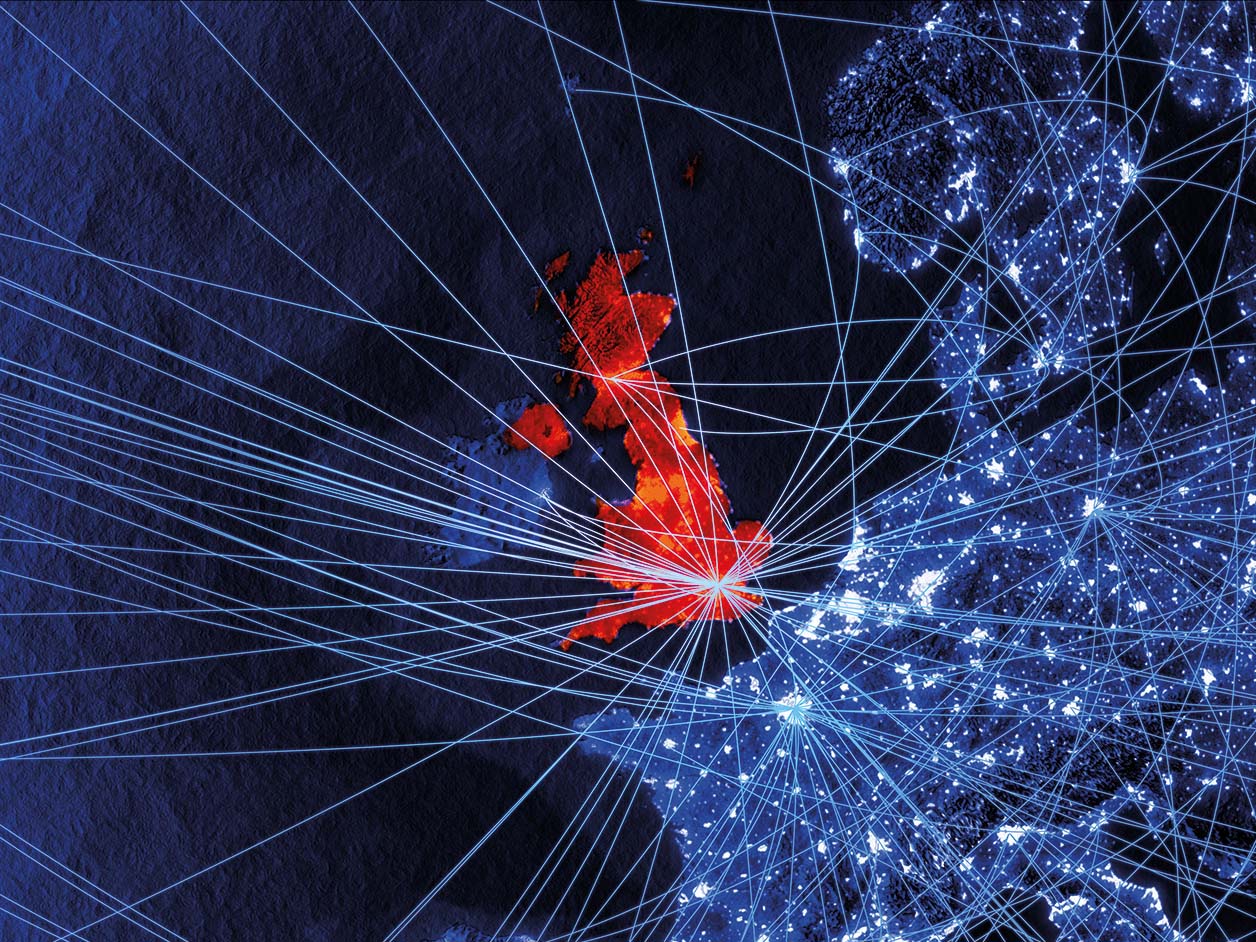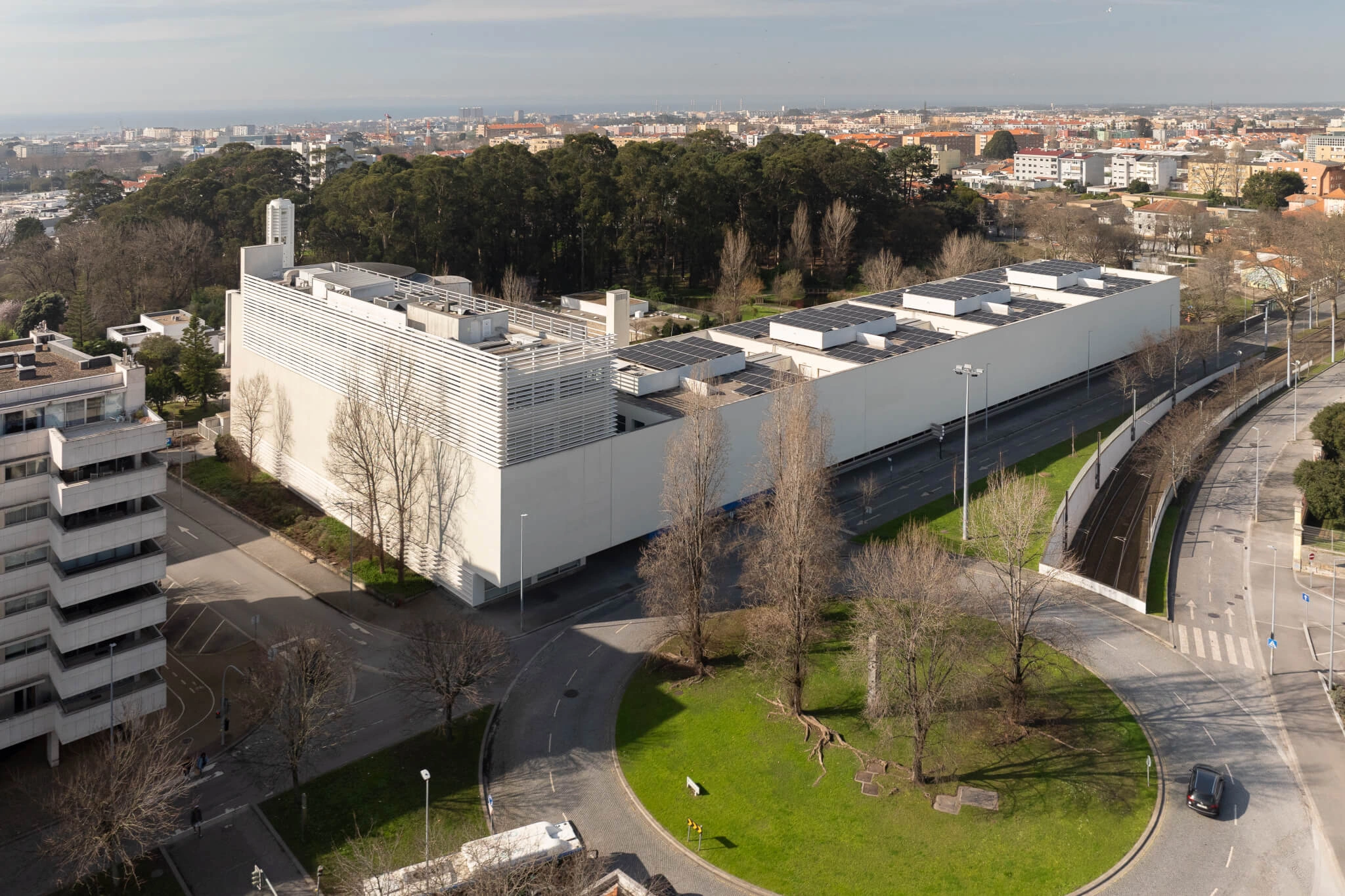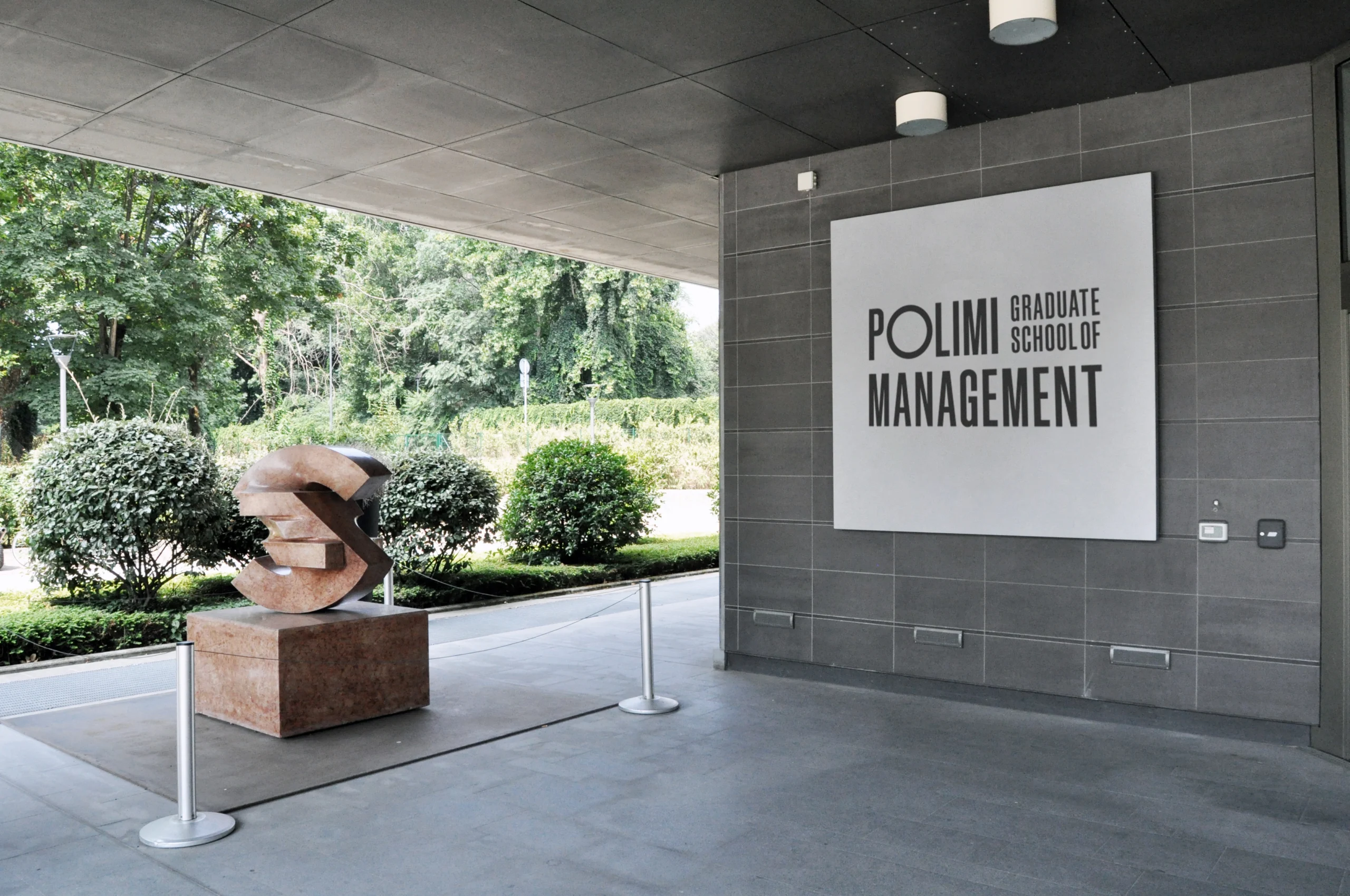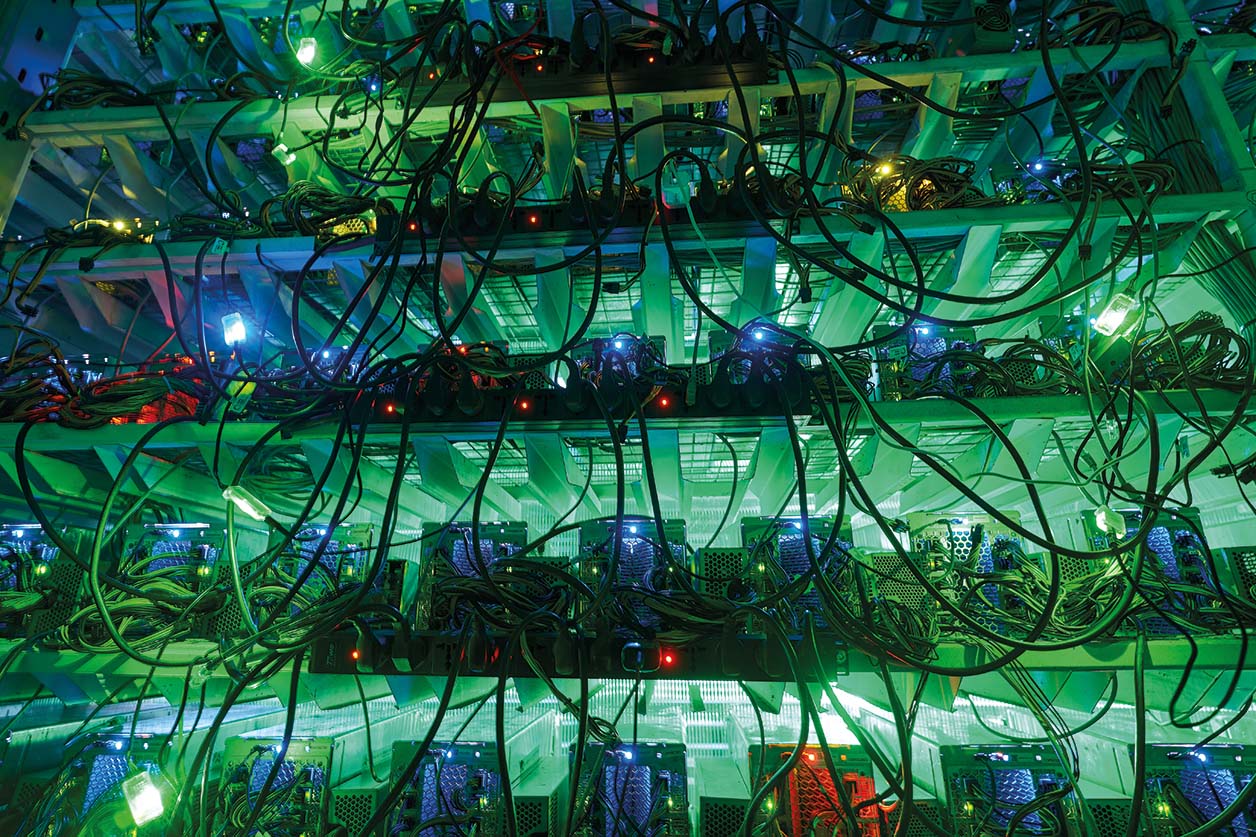Modernise to survive in a post-Brexit world

John E. Kaye
- Published
- Executive Education, Home

In the post-Brexit era, UK and EU businesses must adopt a digital-first mindset or they will become increasingly exposed, says leading trade lawyer Shanker Singham
As of January 2022, importing goods to the UK from EU became a considerably more complex and paperwork-heavy task. For those businesses that have already struggled with changing processes post-Brexit, this potentially could be the nail in the coffin for those unprepared or unable to quickly adapt. Our economies are underpinned by a vast network of supply chains, with raw materials, goods, and services constantly criss-crossing the world and moving from organisation to organisation. And, as the UK and EU look to grow their global footprint as trade partners, the resilience of this supply chain is crucial to its success.
Already, the Covid-19 pandemic has exposed the fragility of global supply chains and their lack of resilience to economic setbacks. With governments imposing lockdowns and other restrictions, sourcing goods from different markets and transporting them across borders is no longer a smooth or guaranteed process. Organisations that don’t understand their complex global supply chains are now left very exposed.
In response, businesses need to become resilient and adaptable, so that they can withstand external shocks and flex around a dynamic geopolitical and regulatory environment. Yet many don’t have enough visibility over their supply chains or into the granular details of how they function – and this obstacle is preventing them from having the flexibility they need to survive and thrive.
Digitising trade boundaries
With trade expected to become harder over the coming year, it’s crucial that relevant border processes must be presented simply and can be completed with relative ease and speed, without compromising security and compliance. This is where digitalisation comes in.
Businesses both in the UK and EU need to be taking advantage of a digital-first mindset to automate the trade process. And this means harnessing new, smart technology-based systems that automate customs administration procedures to create compliant error free declarations without needing to be a fully-fledged customs expert.
But in saying this, while the use of smart, digital platforms is critical, it is not the only factor. Separately, border operational procedures need to undergo a similar transformation to embrace digital declarations; a step change for an industry which still insists on stamped paper and physical authorisations.
Full transformation will not come easily. It requires new legislation from both sides of a trade partnership and close collaboration in often fractious and challenging discussions. The updates required may lead to the same outcomes and deliverables, but the processes themselves will be changed beyond recognition. And with big changes set to come into play within the next few months, now is an ideal time to set these processes up.
A wide-angle view
Beyond the impact of the pandemic on supply chains, there are other long-term shifts which have made supply chain transparency more important.
Ethical issues have become much more prominent for business over the past few years. Whether that’s potential human rights abuses amongst suppliers or concern surrounding their impact on the environment and the sustainability of their operations, this has implications for supply chains.
For example, the EU’s carbon border tax adjustment plan to impose a tariff on companies importing certain greenhouse gas emitting products into the single market could have a significant impact on any business that relies on carbon intensive materials, such as steel.
Creating safety nets
Geopolitics has also put renewed pressure on organisations to understand how they source and manufacture products and services, as tensions such as the US-China trade war impose new tariffs and restrictions on traders.
As a result, contingency planning is just one of the ways businesses can build resilience. Organisations should have a safety net for product and transport options, which will enable them to adapt to changes in the market and ensure they can meet demand.
Businesses also need a wider understanding of the supply chain. One weak link in the chain is enough to break the whole circuit and businesses need to know where they stand if they want to avoid any delays or major disturbances. Through using technology to monitor supply chains, businesses can pre-empt and respond quickly to suppliers that experience issues, whether from compliance, ethics, or local crises.
Ultimately, although it is an incredibly turbulent time, the UK and EU remain strong economic forces. If businesses are open to new technological solutions and improving their understanding of the whole supply chain, then they will be able to maintain growth, avoid lengthy trade delays and become greater global trade partners.
About the author

Shanker Singham is CEO of Competere and Consortium Partner of Digital Trader Services. He is an acclaimed author and lawyer dubbed as “one of the most brilliant trade experts of his generation”. He is a former Washington lobbyist and has been an adviser to many international governments and corporations – including the UK Government.
Sign up to The European Newsletter
RECENT ARTICLES
-
 ETH Zurich and the University of St.Gallen redefine executive education with emba X, a new model of responsible leadership
ETH Zurich and the University of St.Gallen redefine executive education with emba X, a new model of responsible leadership -
 Why leadership is the strongest defence in South Africa’s schools
Why leadership is the strongest defence in South Africa’s schools -
 Porto Business School launches executive programme on AI strategy
Porto Business School launches executive programme on AI strategy -
 POLIMI Graduate School of Management strengthens global reputation in MBA and master’s rankings
POLIMI Graduate School of Management strengthens global reputation in MBA and master’s rankings -
 Trinity Business School strengthens standing in global MBA rankings
Trinity Business School strengthens standing in global MBA rankings -
 Meet the class of 2025… and their children. Why mid-life university learning is on the rise
Meet the class of 2025… and their children. Why mid-life university learning is on the rise -
 University of Michigan launches executive programme for chief data and AI officers
University of Michigan launches executive programme for chief data and AI officers -
 International education: A vision for global citizens
International education: A vision for global citizens -
 How to create lasting social change? Build a community
How to create lasting social change? Build a community -
 Tomorrow’s world needs Dyslexic Thinking
Tomorrow’s world needs Dyslexic Thinking -
 Why family therapy is the best investment you can ever make
Why family therapy is the best investment you can ever make -
 How EQ can give us the edge over AI
How EQ can give us the edge over AI -
 A true root and branch approach
A true root and branch approach -
 It's fine to say you're not ok
It's fine to say you're not ok -
 Are you willing to change with your organisation?
Are you willing to change with your organisation? -
 Emerging markets: Online learning for women unlocks economic potential
Emerging markets: Online learning for women unlocks economic potential -
 A programme of urgent importance
A programme of urgent importance -
 Why progress is not parity
Why progress is not parity -
 Begin by building trust
Begin by building trust -
 Have we the energy for cryptocurrencies?
Have we the energy for cryptocurrencies? -
 Make your employees everyday data scientists
Make your employees everyday data scientists -
 The power of understanding
The power of understanding -
 Welcome to the team
Welcome to the team -
 Become your best self with Gies
Become your best self with Gies -
 The benefits of seeing the bigger picture
The benefits of seeing the bigger picture



























